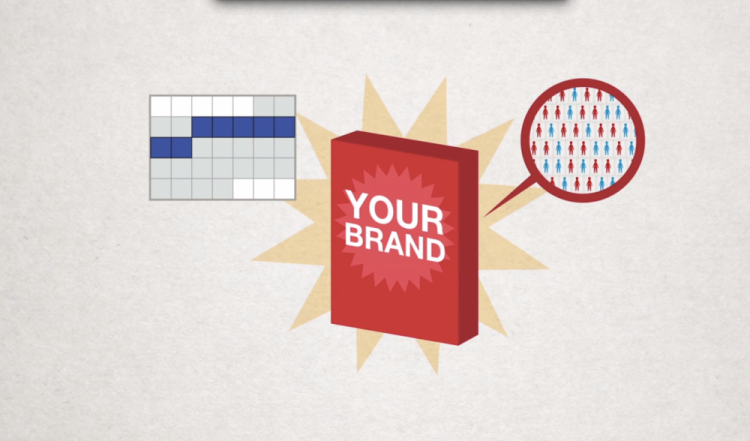Google’s successful advertising platform is showing no signs of slowing down development, even though it rests comfortably at the top of the food chain.
Today, Neal Mohan, Google’s vice president of display and video advertising products, expounded on the ways Google will be forging ahead in 2015 during an interview at the Credit Suisse Technology Conference in Scottsdale, Ariz.
Brand advertising
During Mohan’s chat he repeatedly mentioned brand advertising as an area in which Google is heavily investing. A lot of that focus is on developing metrics that prove campaigns are getting seen by real human eyeballs — a lot of real human eyeballs. In addition to those metrics, Google is also actually working with advertisers to educate them on Google’s tools and its digital audience.
“We’ll literally bring in agencies to teach them how to hook a consumer in the first five seconds,” says Mohan.
He also cited projects from Art Copy & Code, Google’s creative experiments with branded advertising. Earlier this year the company launched a Nike campaign that replicated live shots from the World Cup in real time and turned them into digital interactive ads that users could customize and share. Another example of creative branded ad content is EA’s Sports gif-generator — also a concept developed through Art Copy & Code.
Mohan says that helping grow Google’s ad platform is as much about building the technology as it is about developing creative value. The company will be investing in fostering interesting, catchy ad campaigns that leverage multiple digital mediums.
Measuring campaign efficacy
A major part of brand advertising, as far as Mohan sees it, is measuring how effective a campaign is in reaching its audience. Google has developed a lot of new tools for determining efficacy, but Mohan says we should expect to see more.
Brand Lift and TrueView are two products the company already employs for gathering campaign data. TrueView is a video advertising platform charges advertisers based on whether ads actually get seen. Brand Lift “measures the effectiveness of your display and video campaigns using survey and search data collected from your target audience,” according to the website. Mohan says Google has invested a lot of money into Brand Lift with more than 6,000 studies conducted in the past several months on major brands.
However, some find Google’s efficacy studies to be flawed. Paul J. Lavrakas, a research methodologist at NORC at the University of Chicago and formerly of Nielsen Media Research, notes that Google’s “quasi-experiment” has several methodological problems, in an interview with the Financial Times.
As it stands right now, Brand Lift will get advertisers information about their campaign within days. But Mohan wants to speed up that timeframe “to show them that their brands are actually working in real time,” he says.
Google is partnering with comScore and Nielsen to deliver faster, better analytics, collaborations that were announced late last year and earlier this year. Those partnerships have yet to bear fruit, but it’s possible that we’ll see a real push from Google in 2015 to make real-time campaign metrics a reality.
Advertising across platforms
Just like everyone else, Google is focused on seamlessly delivering ads across platforms and measuring the impact of a campaign across devices. In particular, Mohan is looking to focus on conversion rates — whether advertising leads to actual sales, and more specifically, where the conversion happens. Mohan says that conversions don’t necessarily happen on the same device where a person initially views an ad. In fact some conversions don’t happen on a device at all, but in stores.
“Maybe mobile is not getting enough credit for driving conversion if the actual conversion happens on desktop,” he says.
Expect to see Google looking for ways to develop a more accurate conversion metric; something that goes beyond AdWords’ estimated conversion rates.
Though Google pulls in more advertising dollars than the competition, it still has to innovate to stay ahead — especially with Facebook gunning for an increased portion of the market share. But, Mohan says, competition helps keep Google on its toes.


